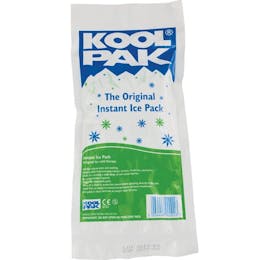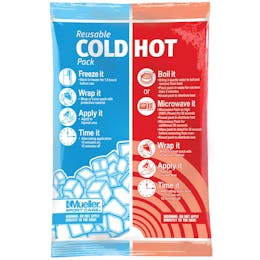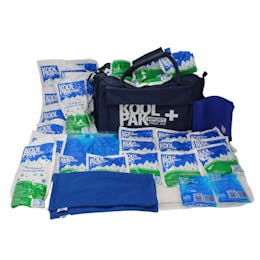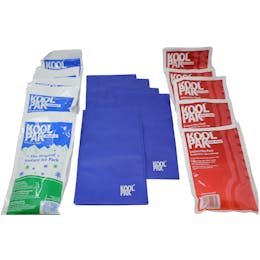In an endothermic reaction, such as in an instant ice pack, heat is absorbed from the environment, lowering the temperature and producing a cooling sensation. This occurs because breaking chemical bonds requires energy input, while forming new bonds generally releases energy. The energy involved in these reactions can take various forms, including heat, light, or electricity.
For instance, when water reacts with the chemical reactant in an instant ice pack, it absorbs heat, leading to a noticeable drop in temperature. Conversely, in exothermic reactions the creation of new bonds releases heat, causing the temperature to rise.












































